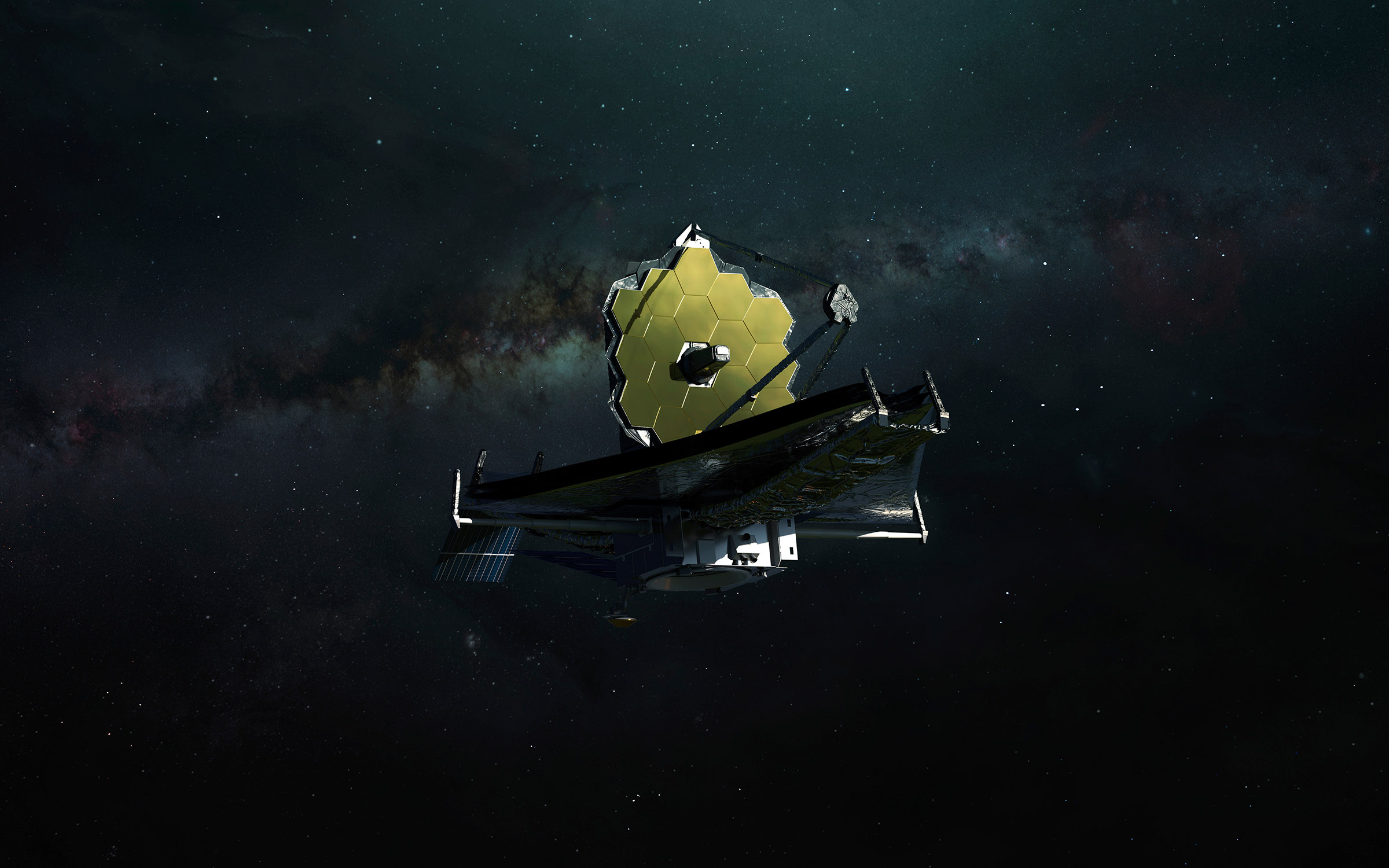The James Webb space telescope continues to peer deep into our universe, capturing new snapshots of cosmic entities and events. The latest snapshot from Webb is a beautiful photo of NGC 346, a star-forming region within the Small Magellanic Cloud (SMC).
The new image was shared by NASA and the Space Telescope Science Institute this month, and it showcases the star-forming region in bright, vivid details, which were captured using Webb’s Mid-Infrared Instrument (MIRI). This ability to peer deep within the filaments of dust and gas found within these star-forming areas is what makes Webb such a great observatory.
The SMC is a small satellite galaxy found near the Milky Way, and its usually visible to the naked eye. But, if you want to see the dust-filled region of space known as NGC 364, you will need the help of a space telescope like the James Webb. That’s because this area of space is filled with heavy dust that blocks a lot of light from getting through.
However, by capturing observations using James Webb, we’re able to peer within those areas and learn more about the region. What scientists found when looking at NGC 364 is that this region of space has far more dust than they expected. Because cosmic dust usually forms from heavy elements like oxygen and silicon, it wasn’t expected in NGC 364.
However, Webb’s image of NGC 364 shows that ample dust is visible within the SMC as a whole. It’s a startling discovery that will undoubtedly help us learn more about these star-forming regions of space. By combining data from both the near-infrared and mid-infrared, astronomers can take a fuller census of the stars and protostars found within NGC 364.
Webb has observed star formation in the past, and together, this new data will help broaden our understanding of the existence and evolution of galaxies that existed billions of years ago, during an era of time we call the “cosmic noon,” NASA says.



